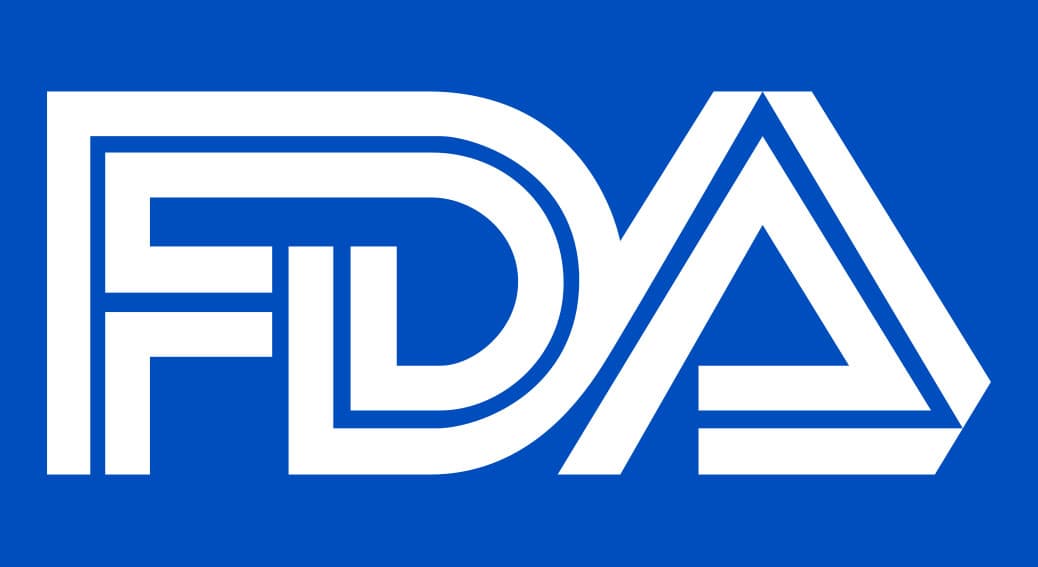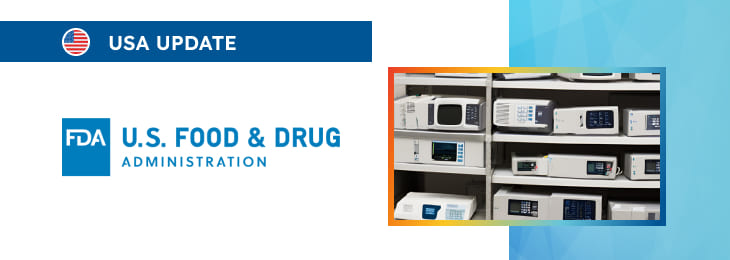The document highlights the key points related to the requests for information to be submitted under the existing legal framework.

Table of content
The Food and Drug Administration (FDA or the Agency), the US regulating authority in the sphere of healthcare products, has published a guidance document dedicated to requests for information concerning medical devices. The document provides an overview of the applicable regulatory regiments, as well as additional clarifications and recommendations to be taken into consideration by medical device manufacturers and other parties involved in order to ensure compliance.
At the same time, provisions of the guidance are non-binding in their legal nature, nor are they intended to introduce new rules or impose new obligations. Moreover, the authority explicitly states that an alternative approach could be applied, provided such an approach is in line with the relevant legislation and has been agreed with the authority in advance.
In particular, the FDA has released updated guidance to clarify the procedures for submitting, reviewing, and responding to requests for information concerning the classification and regulatory requirements of medical devices under the Federal Food, Drug, and Cosmetic Act (FD&C Act). This guidance supersedes the previous version issued on December 21, 2015, and represents the FDA’s current thinking on this topic.
Statutory Requirements for Device Classification
As set forth under the FD&C Act, medical devices are classified into three categories based on the level of regulatory control necessary to ensure their safety and effectiveness.
These classes are:
- Class I: Devices subject to general controls.
- Class II: Devices subject to special controls in addition to general controls.
- Class III: Devices requiring premarket approval in addition to general controls.
Devices introduced to the market after the Medical Device Amendments of May 28, 1976 (post-amendments devices), are automatically placed in Class III unless the FDA reclassifies them into Class I or II, or determines that they are “substantially equivalent” to another device already classified in Class I or II.

Reclassification and Substantial Equivalence
As further explained in the document, the FDA may reclassify a post-amendments device into Class I or II if it is substantially equivalent to another device within those classes. The agency’s classification regulations group devices by “generic type”, a classification that considers devices that do not differ significantly in purpose, design, materials, energy source, function, or other safety and effectiveness-related features.
Most pre-amendments devices have been classified by the FDA into one of the three classes, and these classifications are codified in the Code of Federal Regulations (CFR) at parts 862-892. Some post-amendments devices are also included in these classifications.
Obtaining Information About a Device
The FDA provides several resources to help stakeholders obtain information about device classification and regulatory requirements. The classification regulations for devices are found in 21 CFR parts 800-898, with specific device classifications listed in parts 862-892.
Additionally, the FDA website offers tools like the Product Classification Database, 510(k) Database, Premarket Approval Database, and others to assist in determining a device’s classification. Stakeholders can also seek guidance from the FDA Division of Industry and Consumer Education (DICE) or the Office of Combination Products for specific queries.
For particular types of devices regulated by the Center for Biologics Evaluation and Research (CBER), additional resources are available online.
Section 513(g) Requests for Information
Section 513(g) of the FD&C Act provides a formal mechanism for stakeholders to request the FDA views on the classification and regulatory requirements applicable to their devices. Upon receiving a written request, the FDA is required to respond within 60 days with a written statement regarding the device’s classification and the applicable regulatory requirements.
This section of the FD&C Act specifically governs requests for information about the classification and requirements under the Act, and submissions that do not address these questions are considered outside the scope of Section 513(g). If the information provided with the request suggests that the product is not a “device” as defined by Section 201(h) of the FD&C Act, the FDA will notify the requester accordingly.
If the product does appear to be a “device”, the FDA response will include the agency’s assessment of the generic device type, the applicable class, and the regulatory requirements for that class, including whether a premarket approval (PMA) or 510(k) submission is required. It is important to note that a 513(g) Request for Information does not result in a final classification decision or FDA clearance/approval for marketing.
Instead, it provides preliminary information based on the requester’s submission. Final decisions require separate submissions under different sections of the FD&C Act, most commonly through a 510(k) premarket notification.
Formal Jurisdictional Determinations within the FDA
In cases where the regulatory jurisdiction over a product is unclear—especially for combination products – it may be necessary to contact the FDA Office of Combination Products (OCP) rather than submitting a 513(g) Request for Information. The OCP can assist in determining the appropriate lead Center for the product and whether a formal Request for Designation (RFD) should be submitted under Section 563 of the FD&C Act.
The RFD process allows stakeholders to obtain a formal agency determination on whether a product will be regulated as a drug, device, biological product, or combination product, and which FDA component will have regulatory oversight.
Conclusion
In summary, this guidance document provides crucial information on the procedures for submitting and responding to Section 513(g) Requests for Information, which play a vital role in understanding the regulatory landscape for medical devices. For complex cases involving combination products or unclear regulatory jurisdiction, consulting with the FDA Office of Combination Products is recommended.
How Can RegDesk Help?
RegDesk is an AI-powered Regulatory Information Management System that provides medical device companies with regulatory intelligence for over 120 markets worldwide. It can help you prepare and publish global applications, manage standards, run change assessments, and obtain real-time alerts on regulatory changes through a centralized platform. Global expansion has never been this simple.

